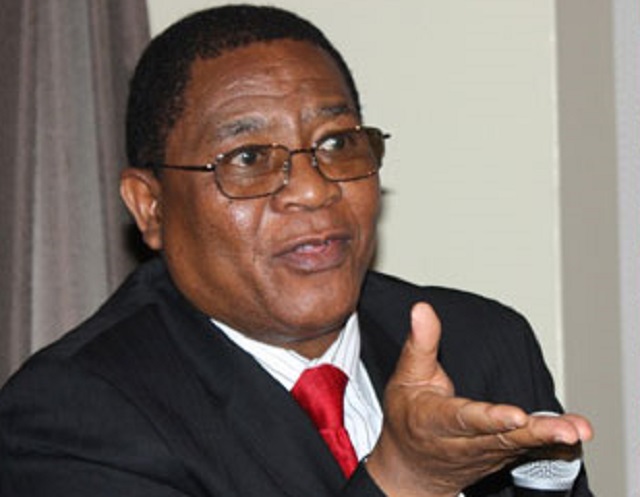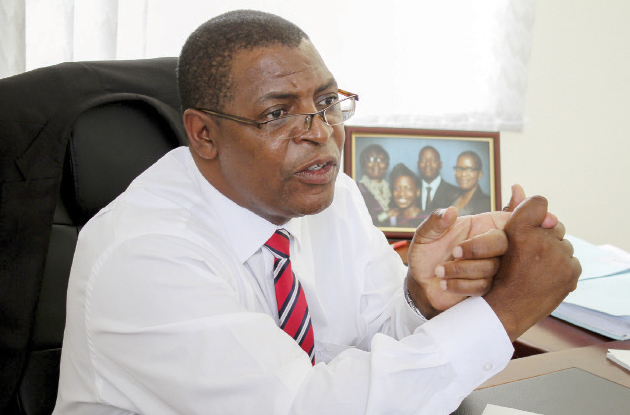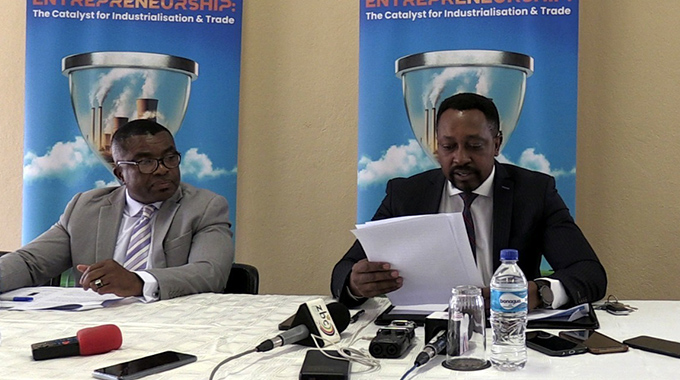Comesa must establish robust industrial base

Prosper Ndlovu
THE Common Market for Eastern and Southern Africa (Comesa) bloc needs to move with speed towards diversifying and structurally transforming its economy by moving away from commodity export dependence, if meaningful regional integration is to be achieved.
At the core of its mandate, Comesa desires establishment of a fully integrated, internationally competitive regional economic community with high standards of living for all its people, ready to merge into an African Economic Community.
The bloc seeks to achieve this through increased co-operation and integration in diverse fields of development particularly in trade, customs and monetary affairs, transport, communication and information, technology, industry and energy, gender, agriculture, environment and natural resources. With a population of over 389 million, annual import bill of around $32 billion and an export bill of $82 billion, Comesa forms a major market place for both internal and external trading with more opportunities for growth, which require establishment of a solid industrial base and a sound value chain system.
The regional bloc has been operating under a Free Trade Area (FTA) since year 2000, which adds impetus for those countries with strong industries to grow through exploiting the available market. Yet intra-regional trade within Comesa remains low, evidenced by dominance of imported products from other regions albeit with a few positive offshoots from relatively strong economies like Kenya. Numerous studies indicate sluggish progress in terms of implementation, which has been blamed on numerous hurdles. In his 2015 paper titled “Unlocking Africa’s Agricultural Potentials for Transformation to Scale Regional and International Trade”, Comesa secretary general, Mr Sindiso Ngwenya notes with concern Africa’s continued negative trade balance with other international markets, which points to inherent gaps within the region and the scope for improved productivity.
A latest 2017 United Nations Conference on Trade and Development (UNCTAD) Report buttresses the above outlook and points to a disturbing trend of lack of diversification among Comesa member states’ economies. According to the report, which was presented to the Comesa secretariat recently, 16 out of 19 countries within the bloc continue to be commodity export dependent leading to them recording low levels of development and high poverty rates.
Burundi, DR Congo, Comoros, Djibouti, Eritrea, Ethiopia, Kenya, Libya, Madagascar, Malawi, Rwanda, Seychelles, Sudan, Uganda, Zambia and Zimbabwe form the majority of Comesa member-states that heavily rely on commodities. The report notes that only Egypt, Swaziland and Mauritius have diversified their economies and are not categorised as commodity export depended. Commodity export dependent developing countries derive the bulk of their export earnings from primary commodities such as minerals, ores, metals, fuels, agricultural raw materials and food. The report based its findings on the recent commodity price boom of 2003- 2011, which showed that strong commodity prices do not alter the long-term pattern of their terms of trade.
The Comesa secretariat admits that “terms of trade of economies that dependent on primary commodities tend to deteriorate in the long run due to the secular decline of primary commodity prices relative to the prices of manufactured goods”. It notes that export commodity dependence may cause potentially harmful impacts and affect all dimensions of sustainable development resulting in low human development. Zimbabwe, for instance, eliminated her tariffs on Comesa originating products, in accordance with the tariff reduction schedule adopted in 1992, yet the country is not benefiting much from the FTA due to suppressed domestic production as a result of limited diversification and concerns over low competitiveness of the country’s exports.
In his maiden State of the Nation address last week, President Emmerson Mnangagwa concurred with the UNCTAD report and called for adoption of value addition and beneficiation policies. Over the years in Zimbabwe, he said, exports have been contributing more than 60 percent of the country’s foreign currency earnings, ahead of other sources, such as foreign direct investment and diaspora remittances. “Sadly, though, the country’s exports continue to be dominated by primary commodities, with minerals and tobacco contributing over 80 percent of the total export earnings,” said President Mnangagwa. He noted that manufactured products and services in the country were currently contributing less than 10 percent each, respectively, to total export earnings.
The President pledged increased Government focus towards a policy thrust with a bias on beneficiation and value addition of local exports to increase earnings.
In view of limited diversification in the region, UN Economic Commission for Africa director, Professor Said Adejumobi, warns that trade liberalisation without a robust and diversified industrial economy could be a recipe for disaster. To him Africa and Sadc in particular, need to urgently incorporate industrial and infrastructural development in the corpus of market integration. Sadc is key member of the Tripartite Free Trade Area (TFTA), a flagship project of the African Union’s Agenda 2063, whose negotiations are being concluded. The initiative is aimed at integrating African economies in creating a regional free trade area for 26 African countries of 632 million people. This geographic segment represents 51 percent of Africa’s Gross Domestic Product (GDP) and is constituted by three regional economic communities — Comesa, Sadc and the EAC.
“In many African countries and those of Southern and Eastern Africa, the process of de-industrialisation has not abated. Manufacturing as a share of GDP continues to fall. Market or trade liberalisation without enhanced production will be a recipe for disaster,” said Prof Adejumobi.
“What we may likely see would be the capture of those markets by rebranded but dumped goods from other parts of the world mostly Asia, Europe and America. Conscious efforts must be made in the industrial pillar of the TFTA to promote the development of indigenous capitalist or entrepreneurial class that would increasingly assume a multinational character.”
Already the World Bank doing business report for 2017, shows that Sub-Saharan Africa continues to perform poorly, with Sadc occupying bottom position on many indicators. In this regard Prof Adejumobi contends that the Sadc Industrialisation Strategy and Roadmap of 2015, the Comesa Industrialisation Policy and EAC Industrial Policy agenda must coalesce together to tame disconnect and discontinuities in the industrial focus of three organisations and their member states. Sadc is already seized with the regional industrialisation agenda, which was adopted in 2014 following realisation that robust industrialisation was critical to cementing sustainable economic integration and fulfilling founding fathers’ dream of economic freedom. With regards to Zambia, UNCTAD has recommended that the country introduces polices that will help build a resilient economy through counter-cyclical fiscal policy, pursuing diversification and promoting good governance. Other policies include expanding linkages of commodity sectors with the local economy and promoting inclusive growth through social protection, investing in human capital and pursuing transparent policies.
The UNCTAD report, thus, shows over and above that in the absence of vibrant and diversified industries, Comesa could remain a perennial raw commodity hub and an easy market for finished high value products from the East and the Western economies. This calls for strengthening of the industrial pillar to boost the productive capacities of member states and promote value addition and beneficiation. Such efforts would require to be buttressed by development of a sound regional infrastructure and eliminating ease of doing constraints to open up the bloc to investors.











Comments